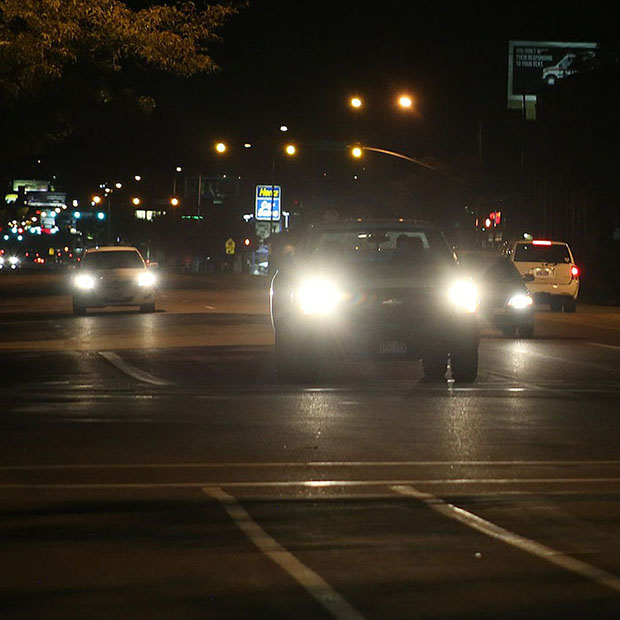Vision and the Challenges of Night Driving

In winter, when the days are shorter, we tend to end up driving more at night.
For those of us without perfect eyesight, this can be an increasingly stressful adjustment to make every year, and we should all take the dangers of night driving into careful consideration. It won’t just make a difference to our own lives, but to the lives of those we encounter on the road.
The Common Struggles of Night Driving
A road at night can look very different from the same road in broad daylight. Between the glare of oncoming headlights and the deep shadows, upcoming curves and obstacles are harder to notice. While some people might be confident in their ability to adjust to night driving conditions, not everyone they share the road with is, and that requires everyone to be more careful in order to minimize the risk of accidents.
Aging Only Makes Night Driving Harder
The older we get, the worse our night vision becomes. That’s because we gradually lose some of the rods in our eyes (specialized cells that distinguish between light and dark). Among other age-related problems, the lenses in our eyes also tend to grow cloudier and stiffer over the years, which makes it harder to focus and increases sensitivity to glare. All of this combines to make night driving more difficult over time.
Pay Attention to Changes in Your Eyesight
Early symptoms of eye problems that make it harder to safely drive at night include halo effects, blurry, dim, or clouded vision, and increased glare, as well as eye fatigue. If you’ve noticed any of these symptoms, it’s a good time to schedule an eye appointment. It could be a simple matter of strengthening a glasses prescription, or another solution may be needed.
Making Night Driving Easier
A number of solutions and aids are available for helping drivers with mild to moderate night driving difficulties. These include prescription night driving glasses, getting plenty of sleep, and eating eye-healthy foods such as carrots, sweet potatoes, and spinach. Another simple factor is to make sure the windows and windshield are clean and the headlights aren’t fogged over.
After a certain point, however, it may be wiser to adjust one’s schedule to avoid driving at night. As inconvenient as it might be, it’s worth the effort to stay safe and not have to worry about the stress of driving in conditions when it’s difficult to see.
The Optometrist Can Help
If night driving has become more of a problem lately, come see us! We can help determine the cause and if it’s something that can be addressed with a different glasses prescription or other aid. Bring any questions or concerns you have with you, and we look forward to seeing you!